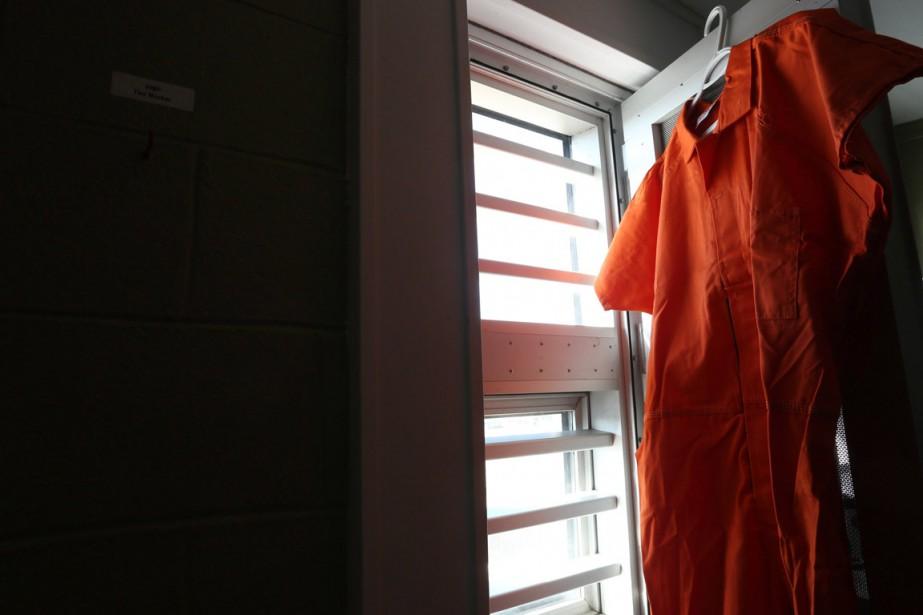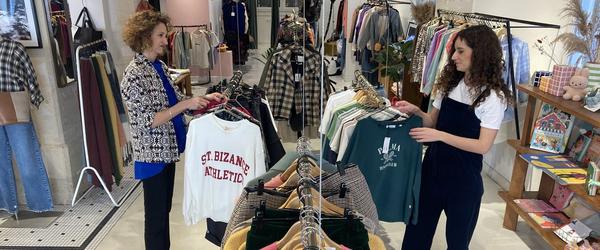Prisoners' clothing contributes to the security of penitentiaries
While clothes make the man, convicted robber Kevin Roberts says wearing an orange tracksuit at Her Majesty St. does not make a better man.
Posted May 1, 2016Sue Bailey THE CANADIAN PRESS“We're here to rehabilitate people, right?,” he said, taking a seat in a small interview room in the largest prison in Newfoundland and Labrador. Clothes don't help. Absolutely not."
Prison inmates started wearing standard coveralls this year instead of their own clothes to reduce smuggling and appearance-related intimidation.
Newfoundland and Labrador has followed in the footsteps of other provinces, including Ontario, British Columbia, Saskatchewan and Nova Scotia, where inmates are clothed by penitentiaries.
"It absolutely makes the institution safer for inmates and staff," said Owen Brophy, the province's superintendent of prisons.
“We had problems before because the contraband drugs were hidden in the seams of the clothes, and in the soles of the shoes, which were peeled off and then reattached,” he explained.

All sorts of objects were able to sneak into the prison - from needles, to handcuff keys - thanks to the inventive sewing of some inmates, Mr Brophy said.
“We had a big problem with inmates bullying and picking on others to grab their high-end clothes like shoes, shirts, and workout clothes,” he added.
Inmates can still purchase running shoes from the prison canteen, but other items are now provided through $100,000 in last year's provincial budget, he said. noted.
This is a pilot project at Her Majesty Penitentiary that he would like to implement in other correctional centers in the province.
Ottawa also deals with clothing inmates in federal prisons – those serving sentences of two years or more – but it takes a different approach.
"I don't mean 'uniform'," said Ghislain Sauvé, Director General of Technical Services and Institutions for Correctional Service Canada. It oversees 43 institutions from British Columbia to Nova Scotia, which house approximately 14,000 men and 650 women.
Male inmates across the country are provided with a standard set of clothing, which includes jeans, green short-sleeved shirts, polo shirts, and underwear that they must wash themselves.
Clothing provided by the prison helps staff distinguish inmates from volunteers, maintenance staff and other visitors, Sauvé said in an interview. Federal prison inmates also make the majority of clothing under penitentiary employment programs.
“We have a standardization of who is who, but we are not at the point of giving them a single combination. We still want people to wear clothes that they will recognize as such, so that they don't think of them as something they would only wear in an institution,” he said.
The aim is not to dissociate the prisoners from the communities that most will later reintegrate. “We want to make sure, as much as possible, that we are going to help the offender to rehabilitate himself and to find his way back into society,” he said.








